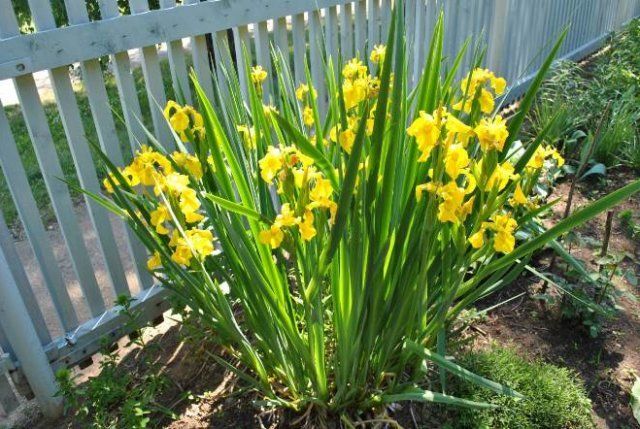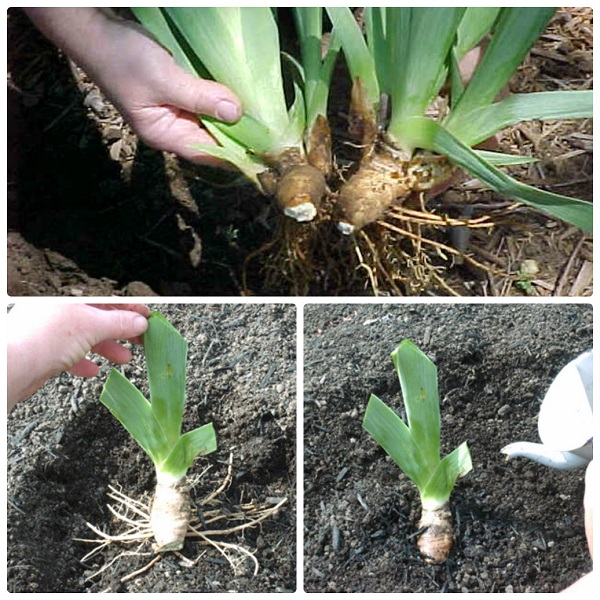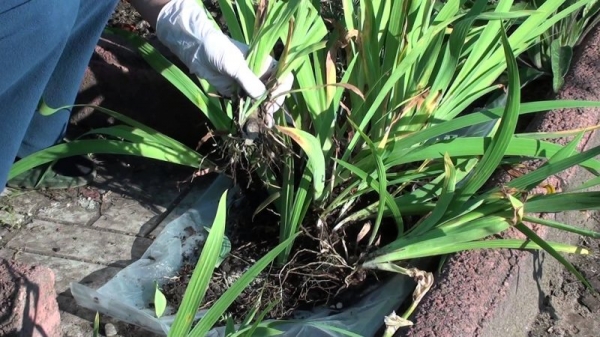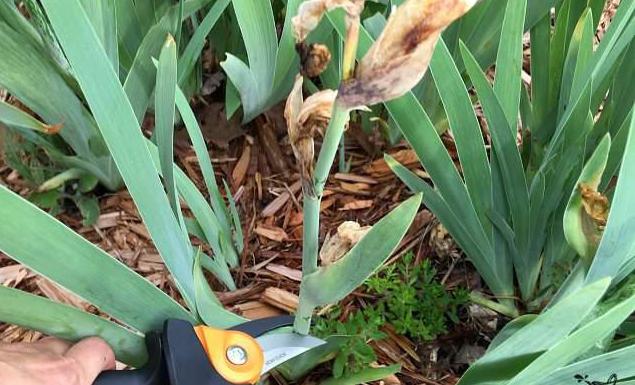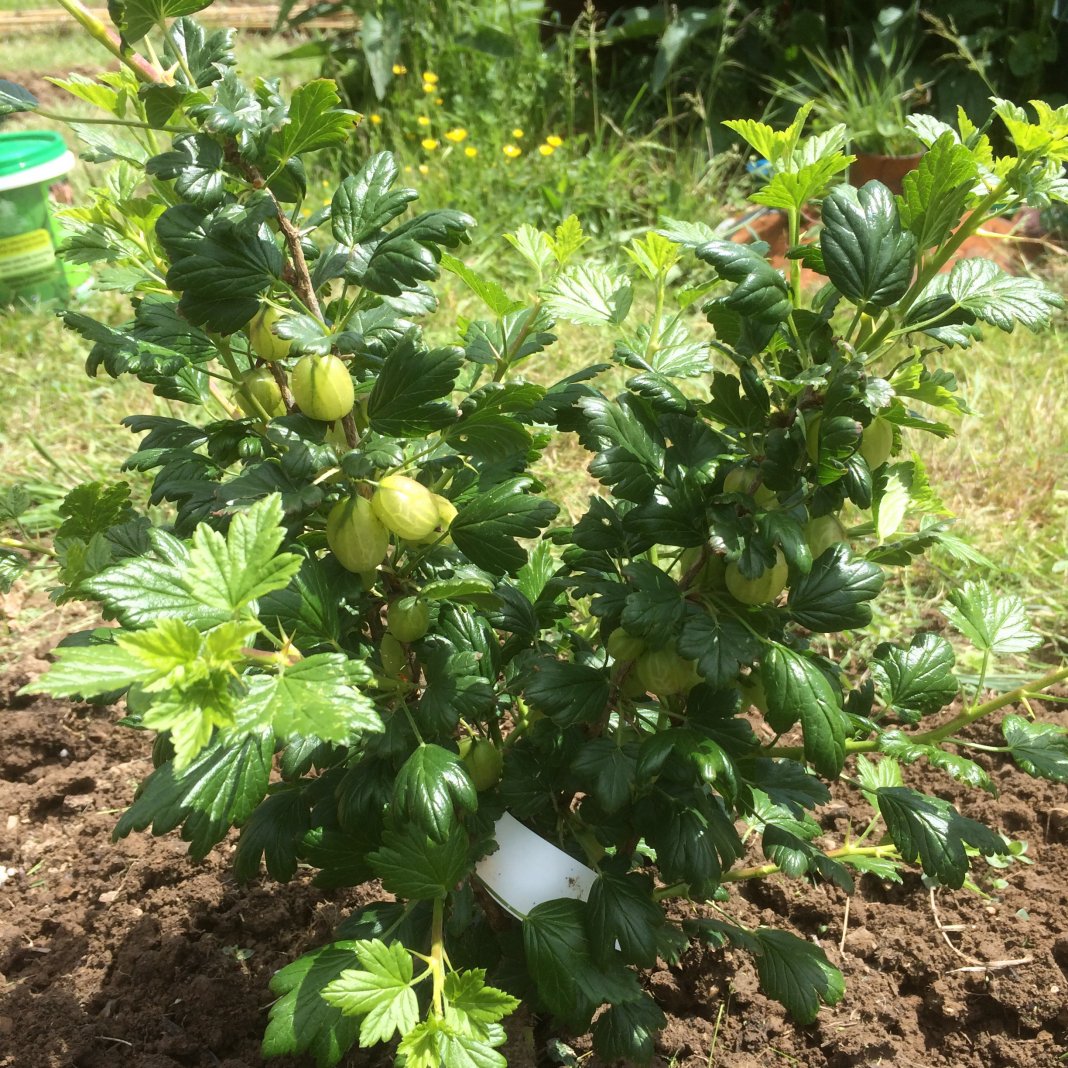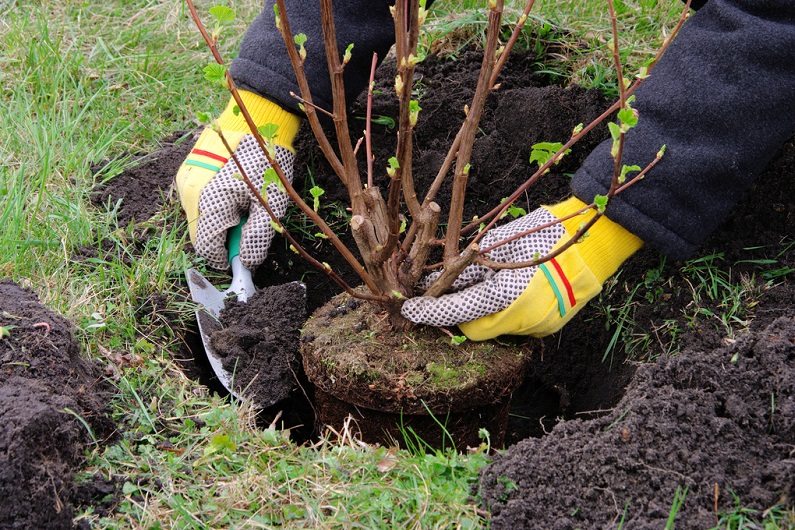Content:
Why transplant irises
Irises are unpretentious flowers. The main maintenance requirement is replanting the plants every 5 years. This is required because each year the root system grows by one additional root. The length of the new branch is 10 centimeters. Shoots appear from the central part. After several seasons, a circle of shoots with a depression in the middle is obtained. This root takes up all the space around the iris and prevents the flower from receiving proper nutrition. Due to a lack of nutrients, the plant is more prone to diseases, the flowers become small or stop appearing altogether.
Thus, in order to avoid these problems, the flower should be transplanted. Planting for flowers is easy. In order for irises to take root accurately, they are planted in a nutritious soil. The soil must be breathable and sufficiently moist. In heavy soils, it is advised to make a mixture of sand and peat. Acidic soils are not suitable for the plant. If the soil is acidic, then add dolomite or limestone flour.
Irises grow well on the sunny side and do not tolerate shade.
Time to transplant irises in summer
Transplanting irises is best done in summer in August or in autumn in September. At this time, the root system begins to grow most intensively.
Can irises be transplanted in July or August? Transplanting irises to another place in the summer is best done three to four weeks after the plant stops blooming. This is due to the fact that during this period new roots appear. If the climate is southern, then pruning the leaves is required.
Transplanting irises can take place during the entire growing season. They are dug out with a large lump of soil.
It is best to complete the procedure on time. Gardeners are interested in such questions as: "Is it possible to transplant irises in August?" and "is it possible to transplant irises in July?"
Between late July and early August, the weather is usually hot. The division of irises should be carried out during this summer period.
How to transplant irises in summer
How to transplant irises in the summer? Transplanting irises in summer to another location should take place in dry weather. The first step is to dig up an adult plant. The root is removed from the adhering soil. To do this, you can wash it with water. Inspect for damage or any disease. If any, they are removed with a sharp knife.
The leaves should be trimmed at an angle, leaving one third, the roots trimmed by one third. The root and the pieces must be disinfected in a manganese solution. When the plant is dry, it is ready for transplanting.
Transplanting is carried out on the beds, which are located on a small hill. The pits for planting are placed further from each other, since the plant will grow in subsequent years. It is better to make the distance between the holes about thirty centimeters.
Irises do not like burrowing. A mound of sand is made in the hole, and the rhizome is placed on it. Then everything is covered with soil. Part of the root (half) should protrude above the surface. After the transplanting procedure is completed, the plant should be well watered.
Dry leaves may appear after transplanting. This is normal, you should just cut them off. New ones will grow in the cut off places.Young shoots will appear after two weeks. This period is necessary for the growth of the root system, which is still in its infancy.
Iris care
Once the plant is transplanted, it needs minimal maintenance. For good survival, you should only loosen the soil and water it in a timely manner. Watering should be done in moderation, as too much watering will harm the flowers, rot will appear. Watering is carried out late in the evening, preferably after sunset.
If the plant is rooted, then the winter will endure easily.
Dry stalks are cut off. To prepare for wintering, bushes should also be cut off. This procedure is carried out with the onset of the first frost.
Cut at a height of ten to fifteen centimeters obliquely. Why is this done? It will be easier for the roots to winter. Pruning also serves as a prevention against leaf diseases and pests. If you need to cover bushes for the winter, it is easier to cover the cut ones.
After pruning, the leaves are harvested without fail due to the risk of diseases. Experienced gardeners are advised to sprinkle the cut with ash. In most cases, irises are cold resistant and do not need to be covered. Be sure to shelter young seedlings, some varieties and plants that grow in regions with harsh winters.
The first fertilization should be applied in early spring. The dry substance of the fertilizer is placed under the root, the soil is loosened. The next feeding is carried out at the very beginning of flowering. During this period, dressing is also applied dry, followed by watering. You cannot fertilize during the flowering period itself. The last time fertilization is applied after flowering at the end of August. Fertilizers should contain phosphorus and potassium. This procedure will help the bushes over the winter. This is where the top dressing ends, in the fall it is not worth adding anything to the soil, since the plant has enough nutrients. Excess can only worsen the condition.
Over a period of four to five years, the root system of flowers grows. Because of this, irises are not properly nourished. Transplanting in the summer promotes normal further growth and flowering. This is due to the fact that the plants will have time to get stronger before the winter frosts and survive them. Planting for flowers is easy, and further care does not require much effort. Basic care measures: moderate watering, loosening and shelter for the winter (if required).
